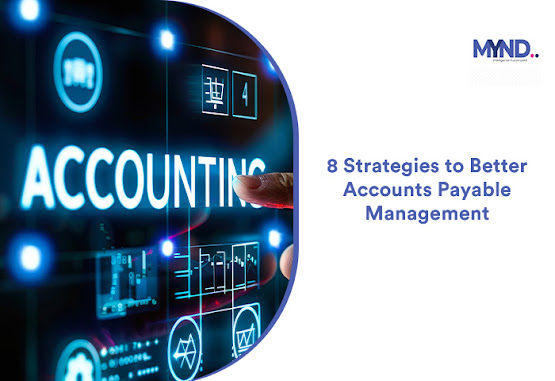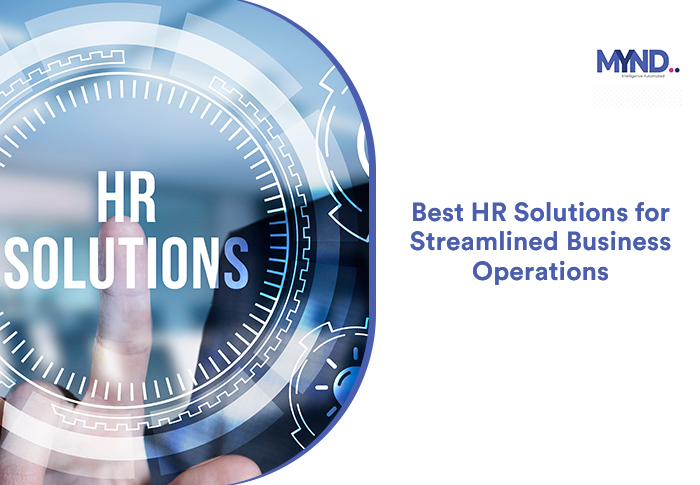Fixed Asset Management: A Complete Beginner’s Guide in 2025
 |
| Fixed Asset Management: A Complete Beginner’s Guide in 2025 |
Fixed assets are
long-term resources that a business owns and uses to generate revenue; they are
not intended for immediate sale. They affect financial reporting, taxes, and
overall business value regardless of the size of the company. From machinery to
buildings, they are necessary for long-term growth and operational capacity.
Therefore, it is essential to manage them.
The methodical process of
tracking, keeping an eye on, and maintaining a business's long-term physical
assets over the course of their whole lifecycle—from purchase to disposal—is
known as fixed asset management.
This guide is for beginners
looking to understand and manage their fixed assets effectively in 2025.
Why is Fixed Asset Management
Important? Unveiling the Benefits
In 2025, firms of all sizes must
prioritise effective fixed asset management because it provides a host of vital
benefits that influence operational effectiveness, financial stability, and
strategic decision-making. Here's a detailed version of these benefits:
1.Precise financial reporting
·
True asset value:
If fixed assets are tracked and depreciated, the balance sheet will accurately
reflect the present value of these long-term investments. This provides
stakeholders, investors, and lenders with a realistic assessment of the
business's financial status.
·
Calculating profitability:
Depreciation expenses over the asset's useful life provide businesses with a
more accurate picture of their profitability by precisely balancing the asset's
cost and revenue over time.
2.
Tax Compliance
and Optimisation
·
Deductions of depreciation:
Tax laws allow businesses to deduct depreciation expenses from their taxable
income. Accurate fixed asset records and depreciation schedules are essential
to maximising these deductions and ensuring compliance with tax laws.
·
Avoiding penalties:
Incorrectly reporting or failing to account for fixed assets can lead to tax
penalties and audits.
3. Informed Decision-Making and
Strategic Planning
·
Capital expenditure planning:
By making informed decisions about when to replace, upgrade, or repair their
current assets based on their age, condition, and usage, businesses can
maximise their capital expenditure budgets.
·
Asset performance analysis:
By keeping an eye on asset performance and utilisation rates, idle or
underperforming assets can be found, improving resource allocation and
potential disposal options.
·
Investment decisions:
Assessing the return on investment (ROI) of new asset purchases requires an
understanding of asset lifecycles and precise asset valuation.
4.Operational Efficiency and
Productivity
·
Maintenance scheduling:
Proactive maintenance scheduling, which minimises downtime, lowers repair
costs, and prolongs the useful life of assets, is made possible by an effective
fixed
asset management system.
·
Asset tracking and accountability:
They ensure that assets are available when and where needed, improve
operational efficiency, and lower loss, theft, and misplacement by identifying
each asset's location and accountable party.
·
Optimised resource
allocation: Effective resource allocation
ensures that the appropriate assets are deployed for the appropriate tasks,
maximising productivity. This is made possible by an understanding of asset
utilisation.
3. Insurance Coverage and Risk
Management
·
Accurate Insurance Valuation:
Keeping thorough records of asset values is essential to securing sufficient
insurance protection against loss or damage.
·
Risk Mitigation:
By identifying possible safety hazards and preventing accidents, regular asset
condition monitoring can lower liability and guarantee a safer working
environment.
Best Practices for Effective Fixed
Asset Management in 2025
In 2025,
maintaining documentation is not enough for effective fixed asset management.
It involves using technology, developing open processes, and promoting a
proactive mindset in order to raise asset value and lower risks. The following
are the most effective ways to do this:
1.Establish Clear and
Comprehensive Policies and Procedures
Create official, frequently
updated policies that address capitalisation thresholds, depreciation,
maintenance, and disposal procedures, as well as the full asset lifecycle
(acquisition to disposal). To guarantee accountability and avoid
misunderstandings, clearly define roles and responsibilities for every stage.
2. Maintain a Centralised and
Accurate Asset Register
Rather than using spreadsheets,
keep a centralised, precise digital asset register (software or database). Keep
thorough records of every asset's purchase, cost, supplier, ID, location, user,
depreciation, lifespan, upkeep, and disposal. To guarantee accuracy, perform
routine data cleansing.
3. Establish and Adhere to
Consistent Depreciation Policies
Choose depreciation techniques
that are in line with asset usage and legal requirements, apply them uniformly
for each asset class, and review and modify useful lives on a regular basis in
light of obsolescence and actual conditions.
So, here is the information for
beginners regarding fixed asset management.
To get their fixed asset managed
properly, businesses should hire a reliable fixed asset management service
provider. It is a more cost-effective and efficient option than
handling fixed asset management in-house.
Mynd Integrated Solutions is one
of the reputed fixed asset
management companies. Capitalisation,
lifecycle management, physical verification & tagging, and process setup
are all made easier with Mynd's end-to-end fixed asset management services.
It guarantees precise tracking, management, and compliance of your company's
fixed assets in every location, including thorough asset verification, by
utilising automation.
Conclusion
Fixed asset management is a core
business practice that has a direct impact on a company's long-term strategic
objectives, operational efficiency, and financial health. It goes beyond simply
keeping track of tangible assets. In a business environment that is changing
quickly, companies can maximise their valuable long-term investments, avoid
expensive pitfalls, and unlock significant benefits by properly managing the
fixed assets. Here the businesses learnt about this kind of management and best
practices associated with it.
Mynd Integrated Solutions can be the best option for fixed asset management services. Mynd's end-to-end fixed asset management services simplify capitalisation, lifecycle management, physical verification & tagging, and process setup. By using automation, it ensures accurate tracking, administration, and compliance of the business's fixed assets in any location, along with comprehensive asset verification.



Comments
Post a Comment